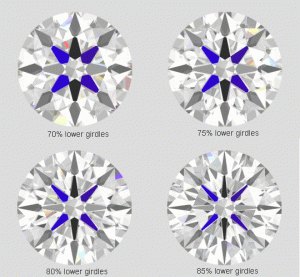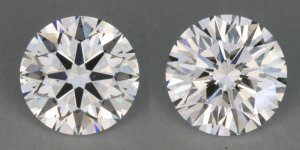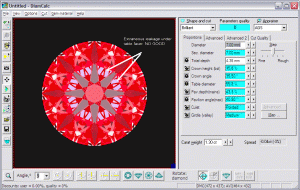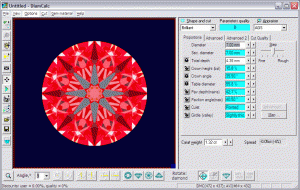Hello.
For the brilliance of the stone what is a better measure; GIA or the Holloway Cut Analyser/Sarin?
I''ve found a stone which I am very interested in and the GIA certificate reads perfectly (excellent polish and symmetry, ideal proportions, no culet, and no fluorescence). Based on the GIA Cert it should be perfect
However when I put the Crown and Pavilion angles into the Holloway Cut Analyser here on PS, the stone comes out as a 3.3, "Very Good" but not excellent
What is going on here and which one should I pay more attention to? The dealer tells me that with idea proportions and excellent symmetry and polish the stone is just about perfect. However when I put the angles from the Sarin results into the Holloway Analyser it is less than perfect
I am going to the trouble or buying a flawless stone with perfectly clarity so I want to make sure I get it right.
Help please?!
Jimmy C
For the brilliance of the stone what is a better measure; GIA or the Holloway Cut Analyser/Sarin?
I''ve found a stone which I am very interested in and the GIA certificate reads perfectly (excellent polish and symmetry, ideal proportions, no culet, and no fluorescence). Based on the GIA Cert it should be perfect
However when I put the Crown and Pavilion angles into the Holloway Cut Analyser here on PS, the stone comes out as a 3.3, "Very Good" but not excellent
What is going on here and which one should I pay more attention to? The dealer tells me that with idea proportions and excellent symmetry and polish the stone is just about perfect. However when I put the angles from the Sarin results into the Holloway Analyser it is less than perfect
I am going to the trouble or buying a flawless stone with perfectly clarity so I want to make sure I get it right.
Help please?!
Jimmy C





















300x240.png)